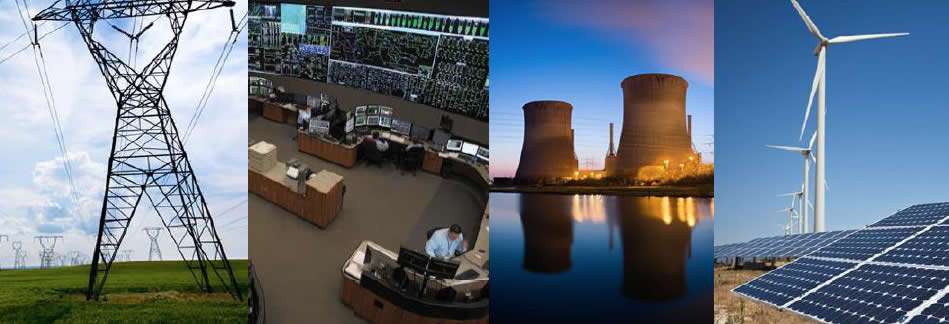…The flood warning continues for the following rivers in Virginia…West Virginia… Shenandoah River at Millville affecting Clarke…Warren and Jefferson Counties …Flood Warning extended until late tonight… The Flood Warning continues for
Author: WeWorldMedia-admin
…A SEVERE THUNDERSTORM WARNING REMAINS IN EFFECT UNTIL 1230 AM MDT FOR NORTH CENTRAL UNION COUNTY… At 1207 AM MDT, a severe thunderstorm was located 14 miles north of Grenville, or 15 miles east of Des Moines, moving southeast at 20 mph. HAZARD…Golf ball size hail and 60 mph wind gusts.
Since launching the Resilience Engineering Institute (REI) in February 2018, REI members have been busy shaping perspectives on resilience across the US. REI members were invited to attend and speak at five events across military, private, and academic industries. These events span a breadth of topics from training the next generation of US soldier to manage crisis in urban areas to building an international research network to address natural disasters across the world. The breadth of topics shows the growing influence of resilience theory and practice in diverse industries and settings. Moreover, REI’s participation shaping these events shows that resilience engineering concepts provide important guidance for decision-making in an untold number of stressful situations, from planning a military attack to protecting a city from oncoming disaster.
The word resilience appears in many forms: in music, on TV, in books. In each case, the use of the word is relative to a particular perspective or school of thought– but what IS resilience? A recent podcast produced by the group Future Cities interviews Resilience Engineering Institute COO Daniel Eisenberg to better understand resilience of engineered systems.

